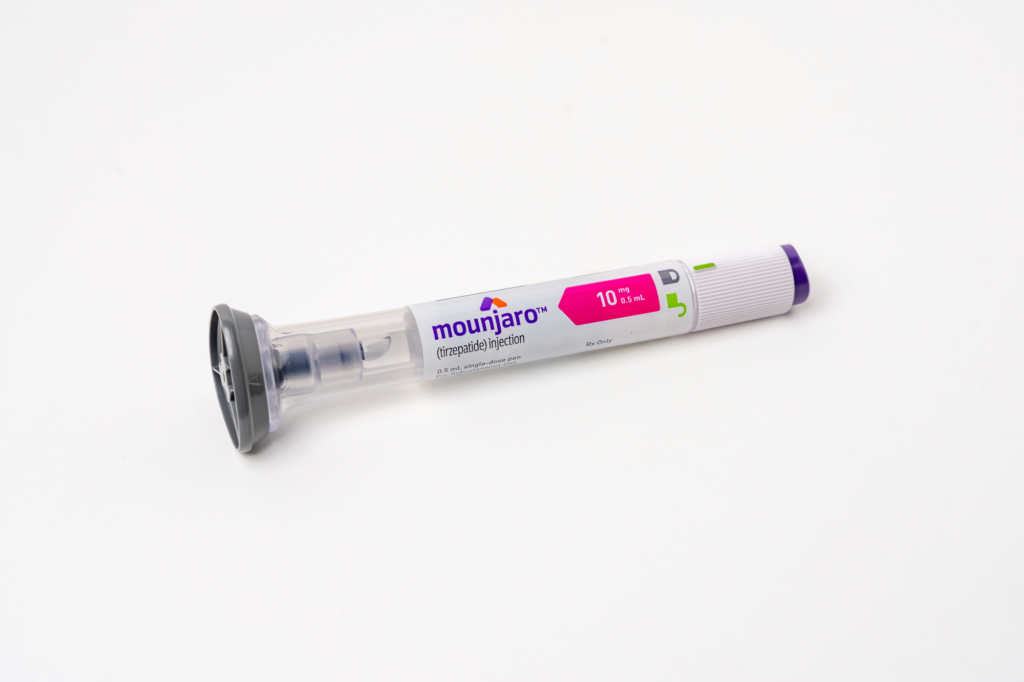By Kimberly Lord Stewart
At the 2015, Healthy Kitchens, Healthy Lives (HKHL) conference at the Culinary Institute of America at Greystone, St. Helena, health care providers learned the benefits of healthy diets and the pleasure of culinary arts to inspire their patients to lead a healthier life. No matter the topic, a continuous thread wove its way through the conference – the importance of plant-based foods, spices and herbs from ethnic cuisine, probiotics and healthy fats from oils and fish. However, one question hung heavy in the lecture hall. How to get patients to change their eating habits in favor of a healthier diet?

Sustainable Diets and Protein
Christopher Gardner, PhD, a professor at Stanford and speaker at HKHL is working toward shifting the university food system toward a healthier and more sustainable model. In his quest for health, he has discovered that his students are far more motivated by the health of the planet than even their own health. It just so happens they go hand in hand.
The biggest detractor to a sustainable food planet is not the ever popular food miles, it is protein, said Arlin Wasserman, co-presenter, colleague of Gardner and founder of Changing Tastes. Our protein choices take a heavy toll on the earth. As demand for protein grows, farmable land and agricultural resources shrink.
According to the 2012 National Health and Nutrition Examination Survey data, men consume an average of 102g of protein, women 70g. Regardless of gender, 85% of which comes from animal sources. In truth we probably only need about half that much protein, said Gardner and Wasserman, and raising this amount of protein uses up an astonishing amount of resources and leaves an equally astonishing amount of pollutants in the animals’ wake (See Environmental Impact Varies by Protein Type Figure 1).
Source: Arlin Wasserman, Changing Tastes, Presented at Healthy Kitchens, Healthy Lives, 2015.
Mediterranean Diet as Planet Friendly Diet
Take a closer look at Wasserman’s graphic above. It is nearly the complete inverse of the Mediterranean diet, with animal proteins from livestock tipping the sustainability scale in the wrong direction. A number of studies support this observation. In 2013, researchers in Spain compared the environmental footprint for the typical Spanish diet, Western diets and the Mediterranean diet.2 Both the Spanish and Western diets showed a heavy environmental footprint because of high consumption of animal products, such as meat and dairy.
The researchers concluded that if one adhered to the Mediterranean diet, they could reduce greenhouse gas emissions by 72%, land use by 58%, energy consumption by 52%, and water consumption by 33% (See Figure 2). The study authors concluded:
“A plant-centered dietary pattern that does not exclude but rather admits moderately to low amounts of animal foods (and meat), seems to emerge as a hypothetical dietary pattern that could address both health and environmental concerns.”
FIGURE 2

The authors illustrated their findings in a Mediterranean sustainability pyramid, with plants at the base and meats closer to the top tier.
FIGURE 3
Source: Environmental footprints of Mediterranean versus Western dietary patterns: beyond the health benefits of the Mediterranean diet, 2013.
From Sustainability to Anti-inflammatory
This path to sustainability leads one right back to health. It’s been more than ten years since the groundbreaking Attica Study published in the Journal of the American College of Cardiology in 2004, which described the Mediterranean diet as the preferred diet to reduce inflammation and cardiovascular disease markers.3 Since then, the study has been parsed up into a multitude of other popular diets. But no matter how you cut it, the diet was abundant in plant-based foods and light on meat proteins as compared to the typical Western diet.
Attica Study Daily Consumption Model:
- Non-refined cereals and products (e.g., whole-grain bread, pasta, brown rice, and the like),
- Fruits (4 to 6 servings/day),
- Vegetables (2 to 3 servings/day),
- Olive oil (as the main added lipid),
- Nonfat or low-fat dairy products (1 to 2 servings/day),
- Moderate consumption of wine (1 to 2 wine glasses/day)
- Moderate consumption of fat, and a high monounsaturated to saturated fat ratio.
Moderate or rare consumption of:
- Fish, poultry, potatoes, olives, pulses, and nuts (4 to 6 servings/week),
- Rare consumption of eggs and sweets (1 to 3 servings/week), and
- Monthly consumption of red meat and meat products (4 to 5 servings/month).
The definitive conclusion: consumption of the traditional Mediterranean diet significantly reduced concentrations of inflammation and coagulation markers. Individuals with the highest tertile of the diet score in average scored 20% lower C-reactive protein levels, 17% lower interleukin levels, 15% lower homocysteine levels, 14% lower white blood cell counts, and 6% lower fibrinogen levels.
Since then, Dr. Tierona Low Dog (clinical associate professor medicine, University of AZ Health Sciences Center), developed the anti-inflammatory food pyramid (SEE FIGURE 4) 4. The parallel between sustainability and anti-inflammation is apparent with Low Dog’s emphasis on building a foundation of plant foods, including fruits and vegetables, whole grains, with soy foods and fish as a primary source of protein. Low Dog reorganizes the traditional Mediterranean diet by shifting grains toward the peak and moving plant based proteins closer to the base, and adding side bars for water, healthy oils and essential fatty acids, vitamin D, a multivitamin, as well as “prescription” for movement, social and community involvement and mind-body health.
FIGURE 4
Dr. Low Dog’s Nutrition Prescription for an Anti-Inflammatory Diet
Motivating patients to eat healthy can be a painstaking process. As your patients consider where their food comes from and how those choices impact their environment, a new opportunity may emerge to sway their decisions toward a healthier diet.
In conclusion, here are some tips to guide the conversation toward a healthier and sustainable diet from the group that supports Meatless Mondays [http://www.meatlessmonday.com/]:
- About 1,850 gallons of water are needed to produce a single pound of beef.5
- To grow one pound of vegetables, it takes 39 gallons of water.
- Beef produces a total of 30 kg of greenhouse gas (GHG) per kg of food, while carrots, potatoes and rice produce .42, .45 and 1.3 kg GHG per kg of food, respectively.6
- It takes 25 kilocalories of fossil fuel energy to produce 1 kilocalorie of all meat based protein, as compared with 2.2 kilocalories of fossil fuel input per 1 kilocalorie of grain based protein produced.7
- If we used grain to feed people following a vegetarian diet, instead of using it for animal feed, it would be enough to feed about 840 million people.8
Healthy Kitchens, Healthy Lives, 2016
Feb. 25-28, 2016
Culinary Institute of America, Greystone Campus
This article was written in partnership with INNATE-edu, a content partner with Today’s Practitioner.
References
- 2011 Food & Health Survey: Consumer Attitudes Toward Food Safety, Nutrition & Health, Int’l. Food Information Council. http://www.foodinsight.org/2011_Food_Health_Survey_Consumer_Attitudes_Toward_Food_Safety_Nutrition_Health.
- S Saez-Almendros et al. Environmental footprints of Mediterranean versus Western dietary patterns: beyond the health benefits of the Mediterranean diet, Environ Health, 2013; 12: 118. http://www.ehjournal.net/content/12/1/118.
- C Chrysohoou et al. Adherence to the Mediterranean diet attenuates inflammation and coagulation process in healthy adults: The Attica study. J Am Coll Cardiol. 2004;44(1):152-158.
- Dr. Andrew Weil, Anti-Inflammatory Diet and Pyramid, http://www.drweil.com/drw/u/ART02012/anti-inflammatory-diet
- MM Mekonnen, AY Hoekstra, The green, blue and grey water footprint of farm animals and animal products, Value of Water Research Report Series No. 48, UNESCO-IHE, 2010, Delft, the Netherlands.
- A Carlsson-Kanyama, A Gonzalez. Potential contributions of food consumption patterns to climate change.1-4 J Clin Nutr 2009;89(suppl):1704S–9S.
- D Pimentel, M Pimentel. Sustainability of meat-based and plant-based diets and the environment 1-3 J Clin Nutr 2003;78(suppl):660S–3S.
- D Pimentel, M Pimentel. Food, Energy and Society, Third Edition. CRC Press 2007, pages 67-75.











